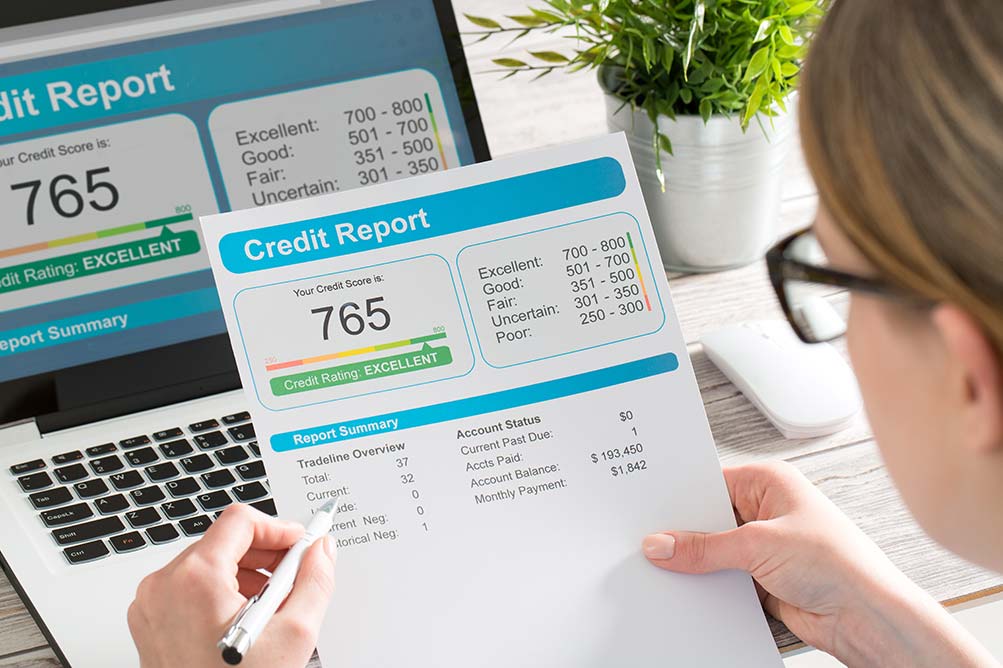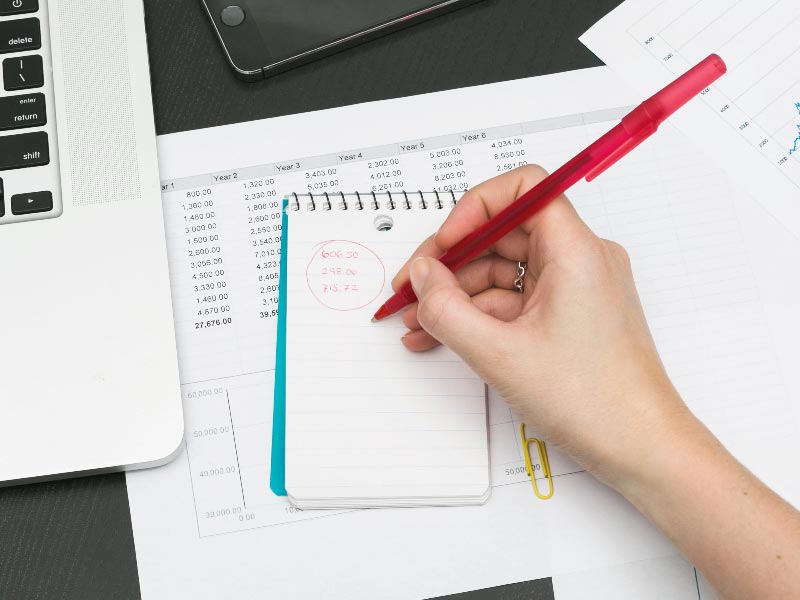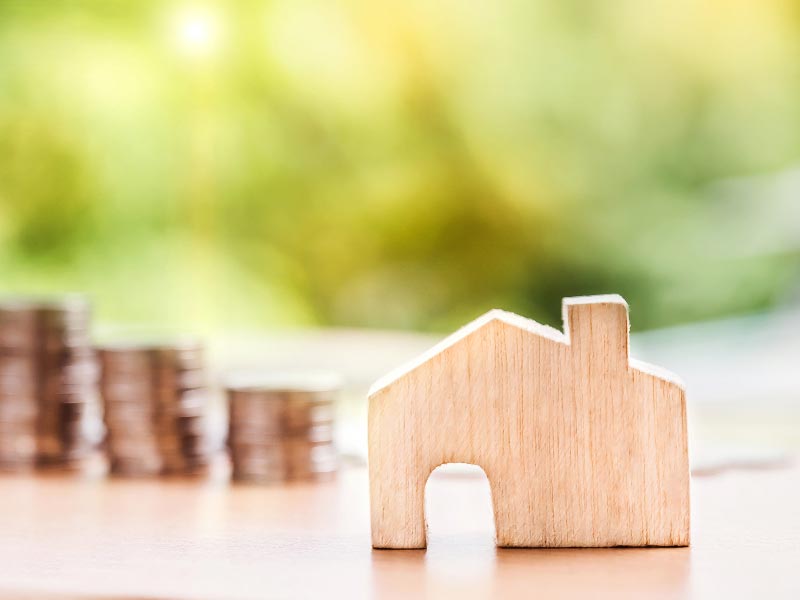If you have come to the conclusion that the best place to invest your money is in rental property, you have made a commendable decision. But what is the next step after that? For most people getting into investment real estate for the first time, would require getting a loan for a rental property.
That is because the upfront cost of acquiring a property is great and most new investors do not have the cash to buy a home outright. Moreover, even if they had the money, it might not make financial sense to tie up all their capital in a single property.
This means, to get your dreams of becoming a landlord off the ground, you need financing. But what are the steps to getting approval for a rental property loan? Are the processes for residential property mortgages the same as those for rental property mortgages?
There are significant differences between a lenders’ loan criteria for a primary residence versus an investment property. Failing to make this distinction is the reason why would-be real estate investors are unable to access the funding they need to get started.
What are the most important requirements when applying for a rental property loan?
Loan requirements for a rental property
Credit Score

The minimum credit score you need to be considered for a rental property loan is 630. But a score of 630 will only get you the toughest loan terms, higher interest rates and fees, as well as, lower loan-to-value ratios.
To improve your chances of getting approved for the loan, your credit score should be 740. With a score of 745 or higher, you will be sure of getting the most favorable terms from lenders.
Proof of stable income
Lenders want to see proof of sufficient and stable income. The usual requirements are a minimum of two years of W-2s and tax returns, recent pay stubs, and proof of employment from your employer, not older than thirty days.
If you are self-employed or earn commissions, the requirements will be a bit different and more difficult. Business owners must show proof of business registration and the business’ financial statements for at least the last two years.
Proof of down payment

The typical down payment for a rental property loan is 25% of the cost of the property, if you are buying a single-family home. For homes with 2-4 units, the down payment can be as high as 30%.
However, if you will live in one of the units, the down payment may be lower. The down payment amount influences the loan terms. With a down payment of 20% or more, you can usually avoid buying private mortgage insurance (PMI). Note that lenders will want proof that this money actually exists in your bank account and that it is not borrowed.
Debt ratio
Your level of indebtedness is a major concern for lenders. The debt ratio is the percentage of your gross monthly income that goes into paying off such debts as credit cards, auto and student loans, mortgage, and other payments.
Lenders look at this to know if you are in the position to take on the added burden of a second mortgage. Ideally, the debt ratio should not be more than 36-42%. The lower the amount, the easier it will be to get approval.
Six months’ liquid reserves

In addition to showing proof of stable and sufficient income, lenders want you to have a minimum of six months of liquid reserves. This means you should have enough money – in cash or easily convertible assets – to make six months of mortgage payments on the two properties.
The reason lenders demand this is to be sure you can keep making the mortgage payments if you somehow lose your source of income.
Proof of closing costs
Closing costs on a rental mortgage can be significant. It can be anywhere from 2-5% of the cost of the property. If you add this to the 25% down payment required for the loan, you are looking at around 30% cash down.
This amount does not include other minor costs that you can incur during the loan process. You need to show proof that you have enough cash in your bank account to cover closing costs and other charges.
An easier way to buy a rental property

From the above, it is clear that the requirements for getting a rental property loan are quite steep. But there is a way to get around this. You can make it easier on yourself when you buy as an owner-occupier.
This means you look for a home that can be used as a rental, but you buy it as your personal residence. Doing this will let you access far easier terms and after living in the home for the required 12-24 months, you can move out and rent it.
When you do this, lenders will not ask for a review of your loan terms and you can repeat this process with more than one property.
Additional Information About Getting a Loan for a Rental Property
It is always a good idea to contact a mortgage broker if you have additional questions about getting a loan for a rental property. Beacon Lending can help you along in this journey so feel free to give us a call at (720) 524-3215. You can also view our post on important questions to ask a mortgage broker to get additional information.